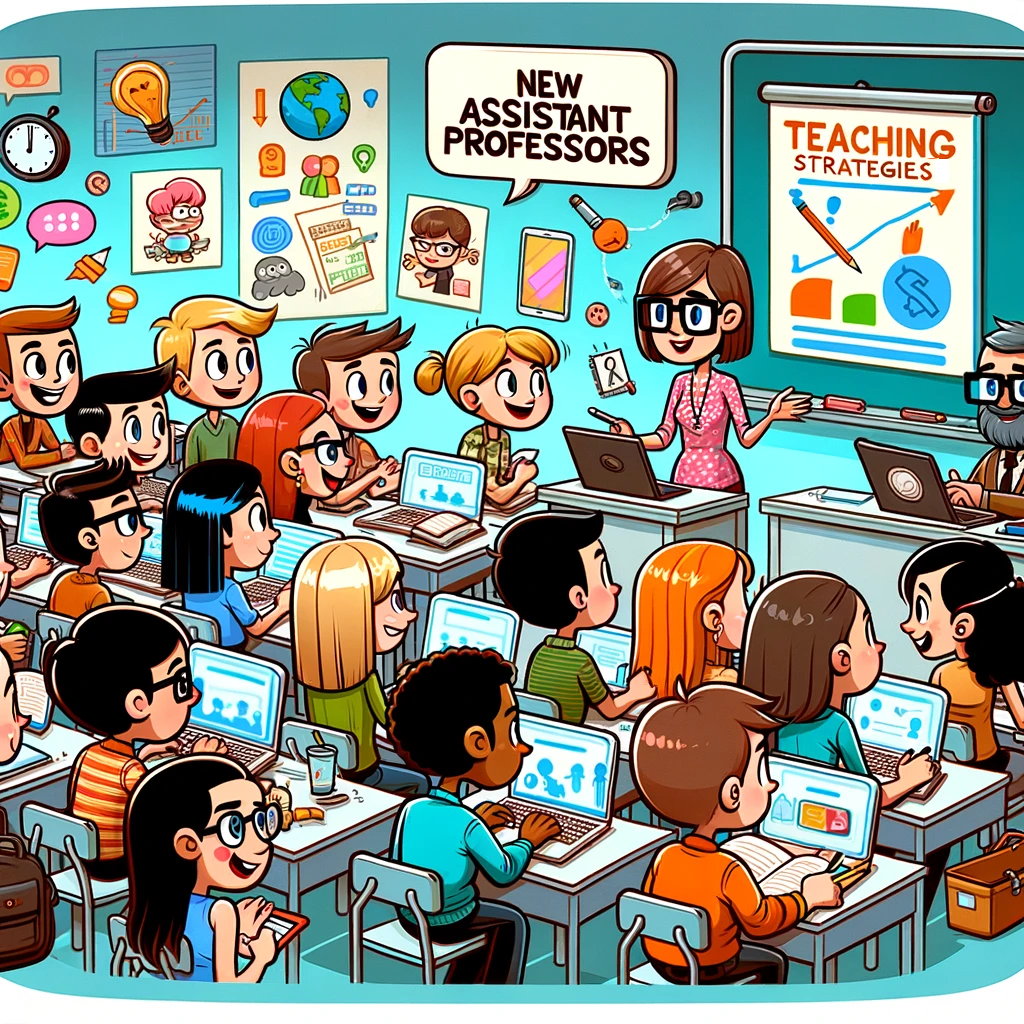
Spicing up your lectures
If you are like me, all the lectures you ever experienced as a student consisted of a professor talking and not much else.
If that is your case, then you also know that “sage on the stage” lectures can become boring rather quickly and that the attention of the students can start drifting off.
So, what can we as lecturers do to spice up our lectures and shake things up?
Here are a few strategies I have collected and used over the years:
- Think-Pair-Share: This simple technique involves posing a question, allowing students to first think individually, then discuss in pairs, and finally share with the class.
- Real-World Application: Encourage students to apply concepts to real-life situations. This relevance boosts engagement and understanding. Where relevant, I ask my students to go and take pictures of what we saw in class “in the wild” and share on the class Padlet.
- Interactive Polling: Tools like Kahoot! or Mentimeter can turn a standard lecture into an interactive experience, fostering participation and providing instant feedback. I also like the low-tech methods of using a show of hands, or asking students to go and stand on opposite walls of the classroom.
- Breakout Groups: In larger classes, small group discussions or activities can encourage collaboration and deeper understanding.
- Flipped Classroom: Assign preparatory materials before class and use lecture time for interactive discussions or hands-on activities. With my colleagues, I have taught an entire course in this way, and the students appreciated it.
- Case Studies: Utilize case studies to apply theoretical knowledge to practical scenarios, enhancing critical thinking skills. I have used for example famous collapse cases in class to illustrate the topics of punching shear in concrete buildings.
- Reflective Writing: Prompt students to write briefly about what they’ve learned and how it applies to their experiences or future professions. I sometimes ask students to pause and use one minute to summarize what I discussed so far in class. Then, I ask them to exchange notes with their neighbor in class.
- Peer Teaching: Assign students to explain concepts to each other. Teaching is a powerful way to solidify understanding.
- Gamification: Integrate elements of games, like quizzes or competitive activities, to make learning fun and memorable. I usually add a Quizziz to my lectures.
- Field Trips and Guest Speakers: If possible, arrange for educational trips or guest speakers to provide varied learning experiences. I like inviting people from whom I also want to learn – double win!
- Feedback Loops: Regular, informal feedback sessions can help you gauge the effectiveness of your teaching methods and adjust as needed. For a new course that I have taught for the first time, we have asked every student at the end of their oral exam for their feedback on the course.
- Utilize Technology: Leverage educational technology tools to create a more dynamic and interactive learning environment. We all use online learning management systems now, and taking full advantage of these systems can make the structure of the course clearer to students.
Active learning is a fantastic way to make your lectures more engaging and effective. As you experiment with these strategies, remember that the goal is to create a learning environment where students are encouraged to think, collaborate, and apply their knowledge.
Which of these activities have you tried in your lectures? How did it go?



